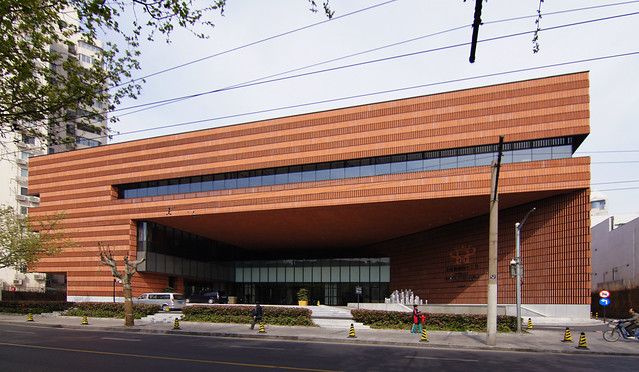

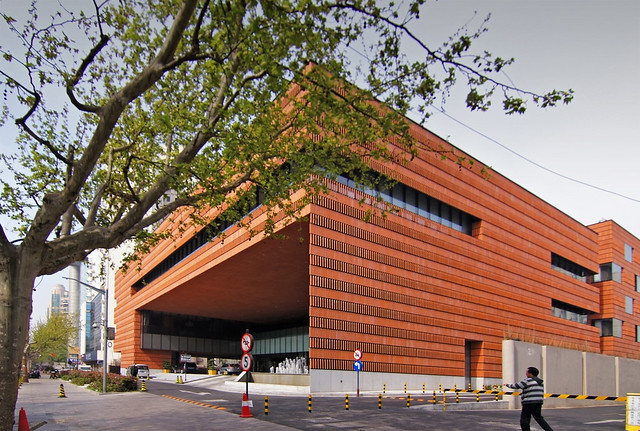
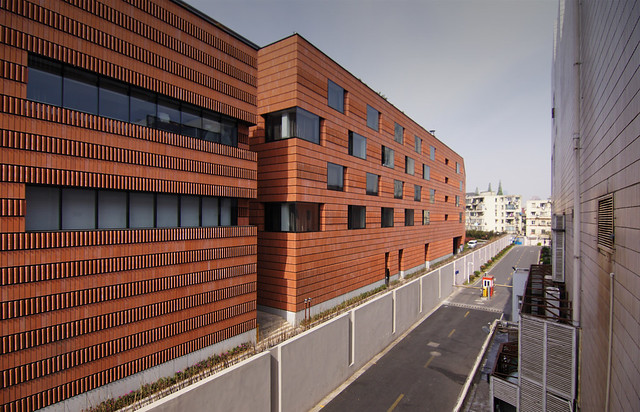
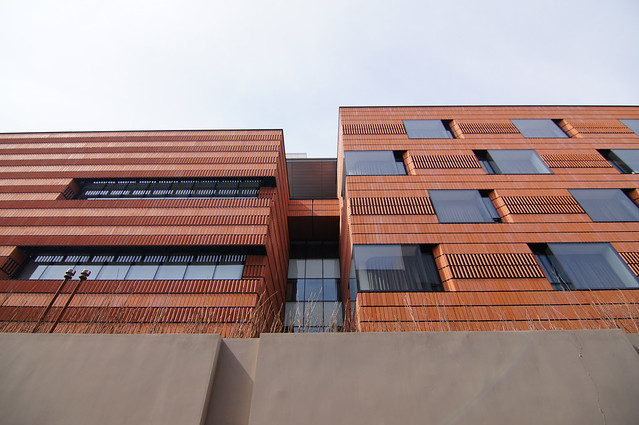
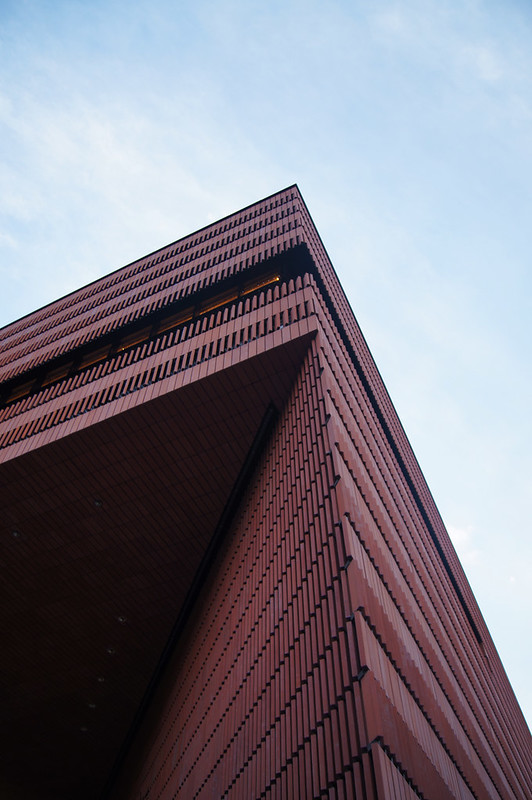
To contribute your Flickr images for consideration, just:
:: Join and add photos to the archidose pool, and/or
:: Tag your photos archidose






:: Join and add photos to the archidose pool, and/or
:: Tag your photos archidose

IDEAS CITY explores the future of cities around the globe with the belief that arts and culture are essential to the vitality of urban centers, making them better places to live, work, and play. Founded by the New Museum in 2011, IDEAS CITY is a major collaborative initiative between hundreds of arts, education, and civic organizations. This year’s theme is "Untapped Capital," with participants focused on resources that are under-recognized or underutilized in our cities.
IDEAS CITY is a four-day Festival of conferences, workshops, an innovative StreetFest around the Bowery, and more than one hundred independent projects and public events that are forums for exchanging ideas, proposing solutions, and accelerating creativity.

“MirrorMirror” is a base unit covering twelve feet by sixteen feet. The design includes a simple forty-five-degree-angled gable roof made from miorroring panels. A single unit will house small programs. When combined, the units create a large barn-like structure that will can be host to larger gatherings. The design utilizes aluminum frames with Mylar mirror foil that are often used as glassless mirrors in dance studios.

Wednesday, May 1:
Joi Ito
Keynote address at 7:30pm at The Cooper Union
Thursday, May 2:
Ad Hoc Strategies
Panel discussion at 9:15am at The Cooper Union
Play
Panel discussion at 2:30pm at The Cooper Union
A Road Not Taken
Film screening at 7pm at the Swiss Institute
Friday, May 3:
The Future of the City
Conversation at 5pm at Center for Architecture
Hack City
Workshop at 6pm at the Old School
Pitching the City: New Ideas for New York
Presentation at 7pm at St. Patrick's Old Cathedral
Saturday, May 4:
StreetFest
Numerous booths, events, and projects from 11am to 6pm on and around the Bowery
Godfrey Reggio’s Naqoyqatsi
Film screening at 11am at NYPL Mulberry Branch
Delancey Plaza: An Afternoon Above the Lowline
Workshop from 11am to 6pm at Delancey Plaza
No Shame: Storefront For Sale
Exhibition performance from 11am to 6pm at the Storefront for Art and Architecture
Adhocracy
Exhibition from 11am to 6pm at the New Museum
Softwalks
Installations from 6pm to Midnight in various locations
Change of State
Installation from 8pm to Midnight on the facade of the New Museum
Snarkitecture
Installation from 8:30pm to Midnight at Mulberry and Prince Streets

Date: Saturday, May 4, 2013
Time: 10am-6pm
Location: Parsons the New School for Design, 66 West 12th Street (A404, A407), NYC
In April 1970, an essay titled “Social Processes and Spatial Form: An Analysis of the Conceptual Problems of Urban Planning,” was published in volume 25 of the journal Papers of the Regional Science Association. For this first time, this essay constructed an unexplored critique of urban disciplines vis-á-vis capitalism. The result created a dialectical theoretical framework, and forever changed the way many urban practitioners viewed their disciplinary tools and formal training. Ultimately, this heralded an ongoing formation of radically new and unseen forms of urban practice. In 1973, this essay became the first chapter of Social Justice and the City. David Harvey’s seminal second book split the way our cities are read, and created entirely new research paths for his contemporaries and younger practitioners.
Forty years after its publication, Social Justice and the City is as relevant as when it was first conceived. As the processes of urbanization fall faster than ever at the control of the elites, an unprecedented wave of enforced spatial segregation radically alters our urban realities. Today, Social Justice and the City provokes views and directions that remain at the core of any imaginary for resistance, and an action towards the belief that socially just forms of urbanization are possible.
The 40 year commemoration of Social Justice and the City will pay tribute to the lasting work and influence of David Harvey. The day will be introduced by Harvey, who will share his views on the book and its 40 year trajectory. Harvey will then be joined by a diverse array of urban practitioners, from artists to academics and designers, whose practice has been transformed by Social Justice and the City.
Participants Include: Sharon Zukin, Don Mitchell, Andy Merrifield, Margit Mayer, Peter Marcuse, Ayreen Anastas, Martha Rosler, Miguel Robels-Durán, Rene Gabri, William Morrish, Andrew Ross, Jeanne van Heeswijk, William Tabb, John Krinsky, Teddy Cruz, Erik Swyngedouw, Nik Heynen, Neil Brenner, Melissa Wright, Tom Angotti, Linda McDowell, Miriam Greenberg, Richard Walker and others.


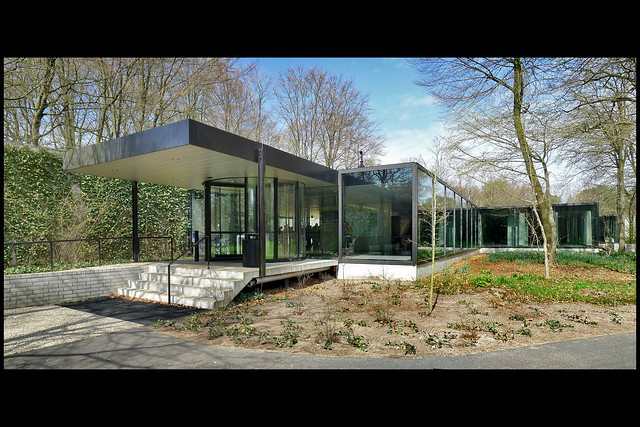
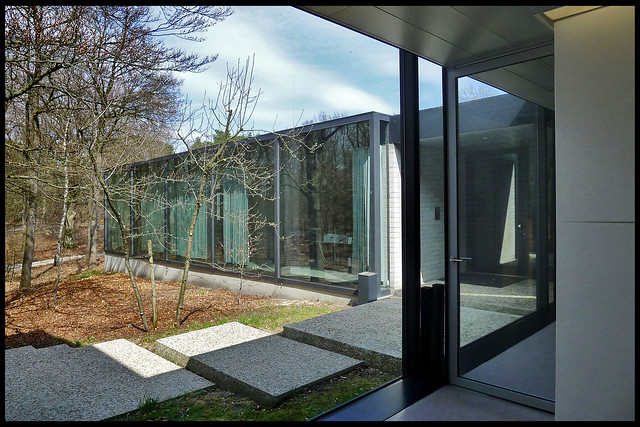

:: Join and add photos to the archidose pool, and/or
:: Tag your photos archidose





Viral Voices: Global Dialogues
When: Thursday, May2, 6:30-10pm
Where: Center for Architecture, 536 LaGuardia Place, New York, NY
Cost: Free (RSVP required)
Viral Voices: Global Discussions will explore the impact that social media, technology and device culture are having on our design process, and ultimately the way we practice. How do we shape a global conversation? How are we changing the relationships between academia and the profession? What is the impact of hyper information sharing and critique? Throughout the evening, the topics of communication, research, collaboration, and data distribution will be addressed and debated.
Mark Wigley, Dean of the Graduate School of Architecture, Planning, and Preservation (GSAPP) at Columbia University and David Basulto with David Assael of ArchDaily will come together for an evening discussing how these technologies affect the relationships between academia and profession. Following their talks, Carlo Aiello from eVolo, David Fano from CASE, Jill Fehrenbacher from Inhabitat, Toru Hasegawa from The Morpholio Project/the GSAPP Cloud Lab, Tim Maly from Wired magazine and Cliff Kuang from Fast Company will join the speakers for a panel discussion addressing the impact that social media, technology and device culture are having on our design process, and ultimately the way we participate in a global discussion.

John Hill’s book “A Guide to Contemporary New York City Architecture” is filled with examples of the crazy new forms of the last decade, like Frank Gehry’s white wind-filled “sail” on the West Side Highway in Chelsea. They are startling, creative, amusing, sometimes even hilarious.The addition to the Carhart mansion can be seen on John Simpson's website. As Gray mentions, for a long time I had that project in my book, as a means of discussing how "contemporary" has many meanings, one of which includes neo-traditional architecture. The project was eventually replaced by another one, also in the Upper East Side, more fitting with what's in the rest of the guidebook. There was also the question of, "If one project is in the book to point out that neo-traditional is also contemporary, then why not include more?" That's probably the stronger reason of why I did not include a project so overtly traditional.
And yet, the United States is in the middle of a great revival of traditional architecture — Georgian, neo-Classical, Arts and Crafts and so forth — that is almost absent from Mr. Hill’s stimulating and enjoyable work. So, what isn’t contemporary about traditional design?
...
Mr. Hill includes a few neo-traditionalist buildings in his 10-year review, including Robert A. M. Stern’s 1920s-revival apartment house at 15 Central Park West, and George Ranalli’s prairie-style Saratoga Community Center in Brooklyn. But out of 200-plus projects, that’s it.
Does he have a bias against the neo-traditional movement?
He doesn’t think so. “I thought about including the Carhart town house,” he said, “but just didn’t get around to it.” As for the Ralph Lauren store, “it was being completed just as I was finishing the book” in late 2010. But he does include other projects scheduled for 2012 and even 2013.
This suggests that there is probably space for a guidebook of neo-traditional architecture. At the moment, it might not be more than a couple of chapters, but it is sure to grow.

Unquestionably one of the most influential and revered contemporary architects, Peter Zumthor has approached his work with a singular clarity of vision and a strong sense of his own philosophy, both of which have earned him the admiration of his peers and the world at large. Choosing to only take on a few projects at a time and keep his studio small, Zumthor has produced a comparatively few number of realized buildings, but they rank among the world’s most stunning: St. Benedict’s Chapel in Sumvitg, Switzerland; Therme Vals in Vals, Switzerland; Kunsthaus Bregenz in Bregenz, Austria; and the Kolumba Art Museum in Cologne, Germany number among his most famous buildings. This collection, however, explores his entire body of award-winning work from 1986 to 2012 in five volumes, including his lesser-known but nonetheless critically acclaimed works such as the Field Chapel for Brother Klaus near Mechernich, Germany, and the Steilneset. Memorial for the Victims of the Witch Trials in Vardø, Norway.
Peter Zumthor presents around forty of his projects, both realized and unrealized, through Zumthor’s own writing, and with photographs, sketches, drawings, and plans. A complete catalog of his works starting in 1979 rounds out the book. Richly illustrated and beautifully designed, this book serves as both an introduction to Zumthor’s work and philosophy for the layperson and a required addition to any architect’s library.
 CA:
CA: 
There exists a long tradition of architects designing houses for themselves, many of them becoming historically notable works of architecture because of experimentation, a mix of living and working spaces, and an obviously unique architect-client relationship. Think of Frank Lloyd Wright's Home and Studio in Oak Park and his Taliesin estates in Wisconsin and Arizona; Alvar Aalto's house in Helsinki; Walter Gropius's house ten miles from Harvard; the Charles and Ray Eames House in California; Luis Barragán's House and Studio outside Mexico City; Frank Gehry's exploded bungalow in Santa Monica. The list of architects and houses goes on, with pre-20th-century examples found in Thomas Jefferson's plantation home at Monticello and Sir John Soane's house-museum in London, to name just two.
Even as architects continue to design houses for themselves and their families, very little attention is given to the unique circumstances these projects represent. How do architects design for themselves? What experiments do they incorporate that can't be done with traditional clients? What are the stories behind the design and realization of an architect's own house? As a means of answering these and other questions, this "Insight" collects some houses of architects with profiles on World-Architects. Since this architect-client situation isn't geographically unique, we've assembled one house from many of our national platforms, grouped by larger geographical area—Europe, Americas, Asia/Oceania. These houses illustrate that the tradition of "architects housing themselves" is still alive, producing some of tomorrow's historically notable works of architecture.
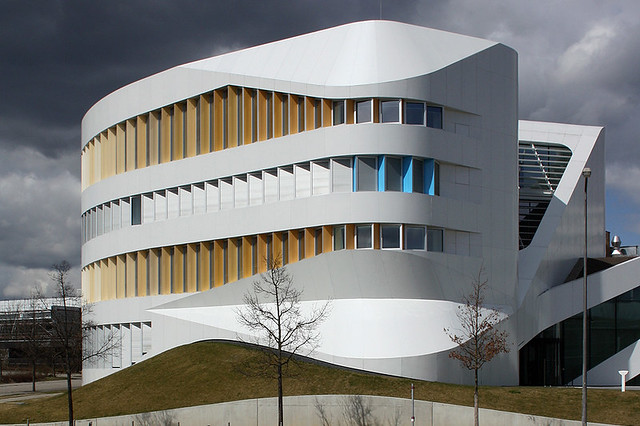
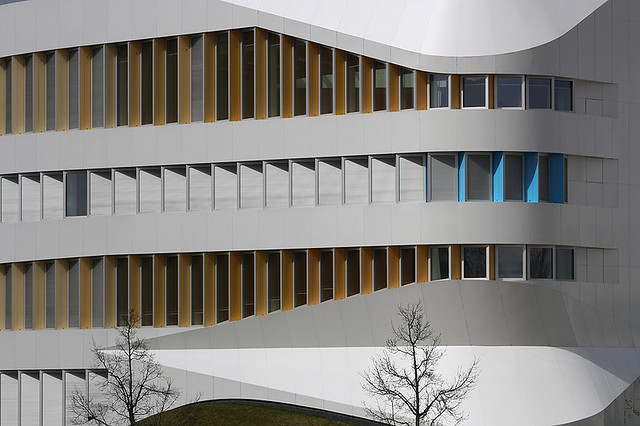
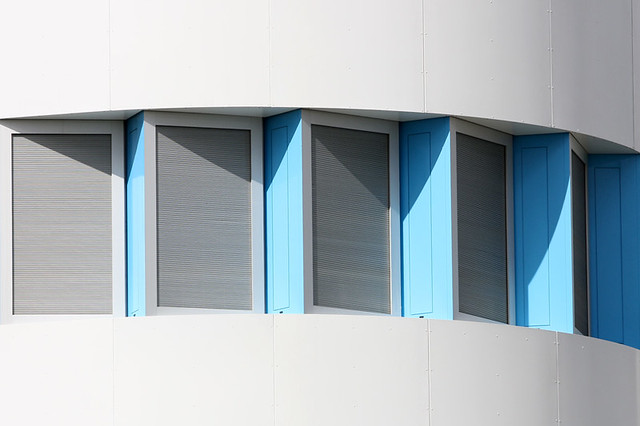
:: Join and add photos to the archidose pool, and/or
:: Tag your photos archidose



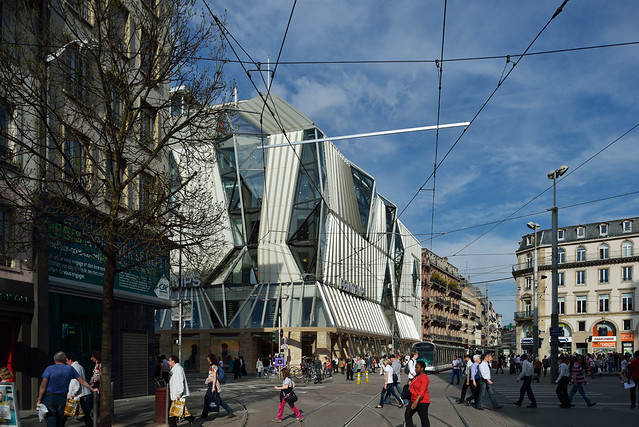
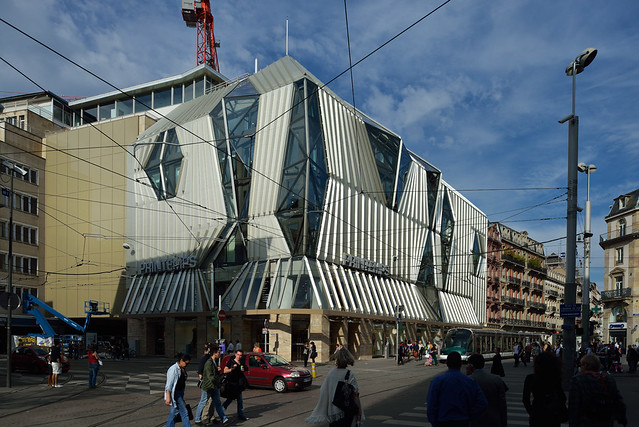

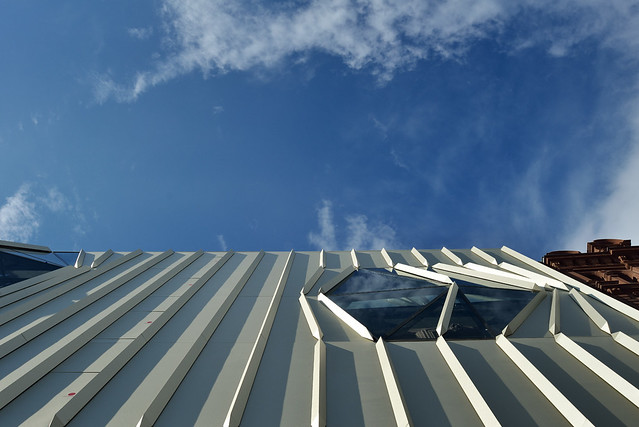
:: Join and add photos to the archidose pool, and/or
:: Tag your photos archidose
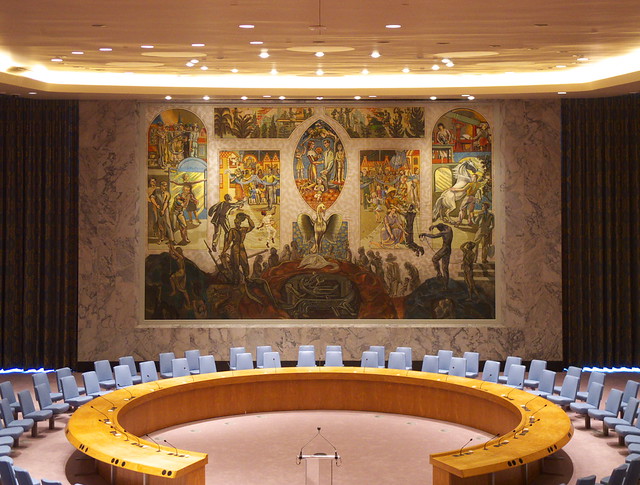

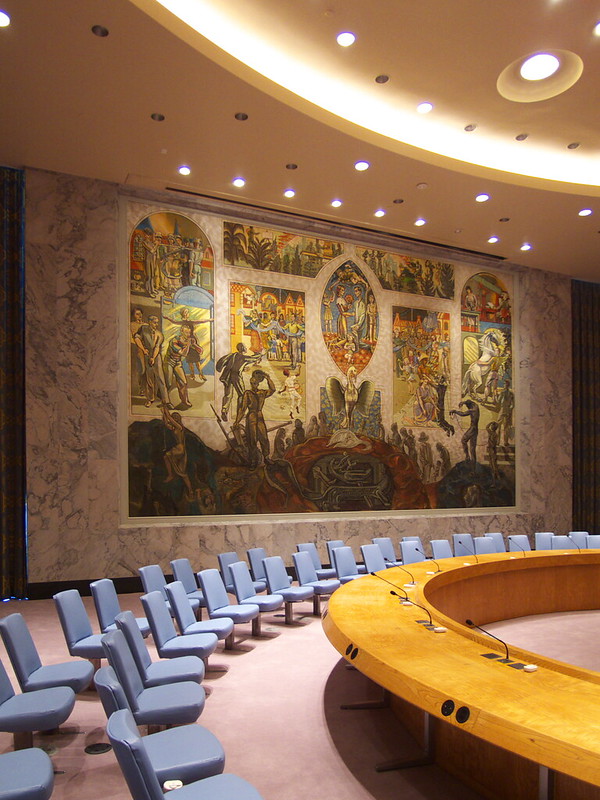


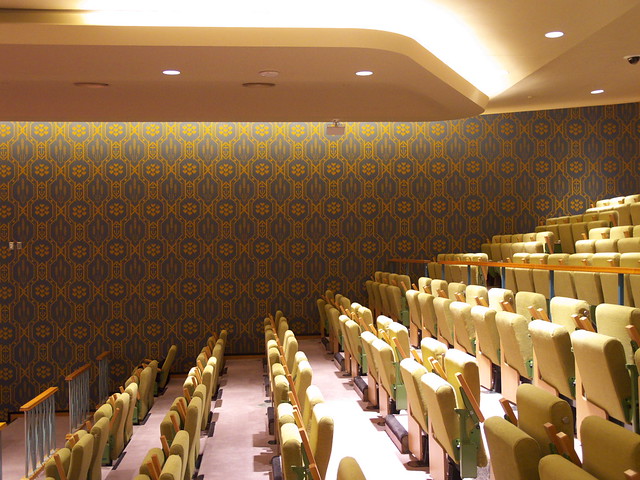
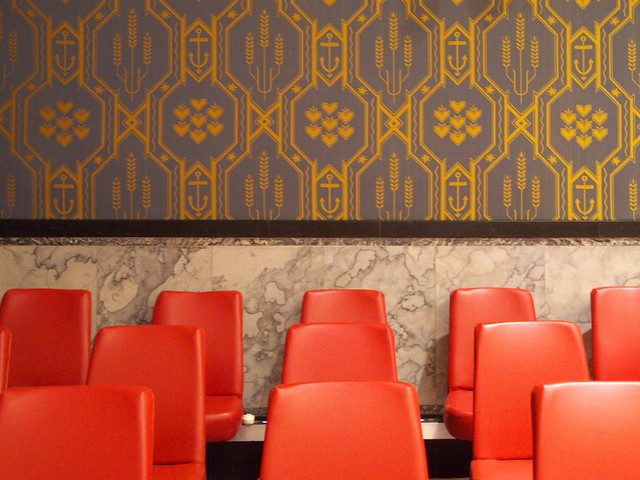







This exhibition at the Austrian Cultural Forum New York presents a survey of public housing design in the Austrian capital of Vienna curated by Wolfgang Förster and William Menking. The exhibition will feature 36 case studies in Viennese public housing, accompanied by a responsive series of images of artworks curated by the Austrian collaborative duo Sabine Bitter and Helmut Weber.
The City of Vienna has achieved extraordinary milestones with regard to public housing: today, about 60% of the Viennese population lives in municipally built, owned, or managed housing, and the city is clearly in control of the housing market. This stands in stark contrast to the United States, where, in most cases, the private market is the provider of housing and is often even relied upon to rehabilitate existing neighborhoods and create new communities. Vienna’s housing model contributes to a tangible positive impact; for the past four consecutive years, Vienna topped the Mercer “Quality of Living” survey as the city boasting the world’s highest quality of life in the world, was ranked second in The Economist’s 2012 “World’s Most Livable City”, and number eight in Monocle’s 2012 “World’s Most Livable Cities”.
This successful model dates back to the days of “Red Vienna”, in the early 20th century, when the socialist government took an active interest in designing for the masses. That interest has since evolved into a housing-policy that has produced works by a host of prolific architects and studios over the years, such as those of Josef Hoffmann, Adolf Loos, Richard Neutra, and Margarete Schütte Lihotzky.
The projects featured in The Vienna Model are characteristic for contemporary Viennese public housing trends, some little-known outside the city: The Kabelwerk Estate, which involved turning the grounds of an old electrical cable & wiring factory into an entirely new urban area (completed in 2007, Hermann & Valentiny & Partners, Mascha & Seethaler, Schwalm-Theiss-Gressenbauer, Martin Wurnig, pool Architektur, Werkstatt Wien Spiegelfeld, Holnsteiner & Co.). Other examples include an Inter-ethnic housing complex (Peter Scheinfinger and Partners, 1998-2000), Bike City (königlarch architects, 2005 - 2008), and the Sargfabrik (BKK-2, Johnny Winter, 1996 - 2001), a former coffin manufacturing plant turned into a housing complex: this project was planned by a residents’ group in Vienna’s densely built-up fourteenth district, and has since received international acclaim for its outstanding architecture as well as its social concept of introducing a new communal infrastructure into a low-profile urban area.